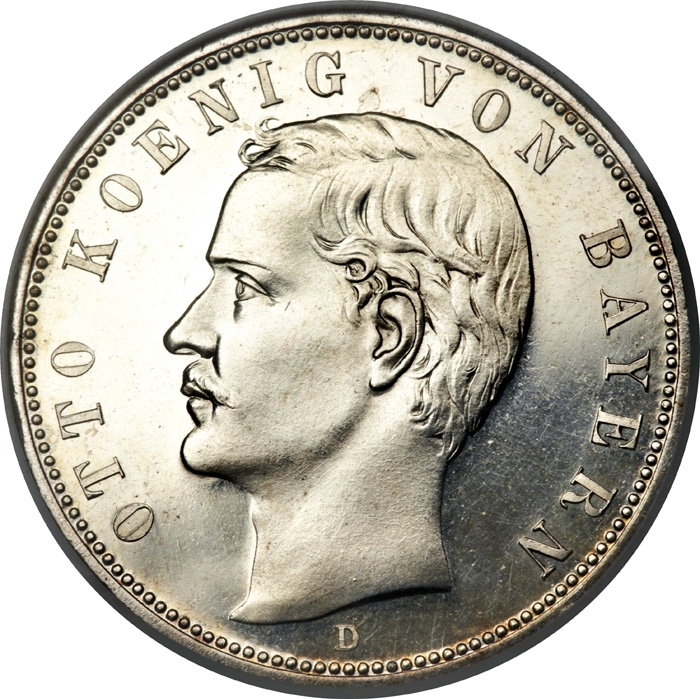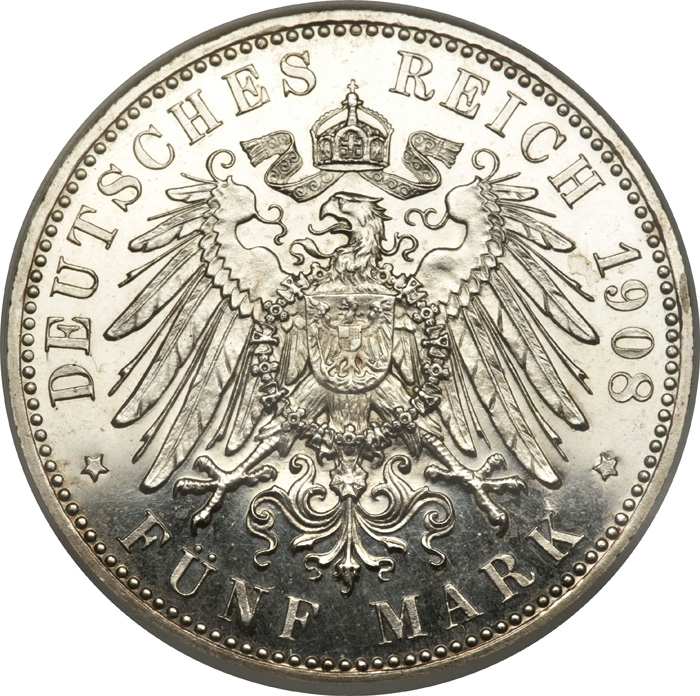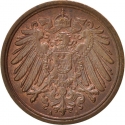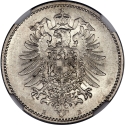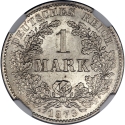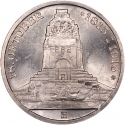You are about to finish your registration. Please check your mailbox (including spam folder). There should be a letter with a confirmation link. Check setting to make sure that your e-mail address is correct.
Send letter againDescription
The Kingdom of Bavaria was a German state that succeeded the former Electorate of Bavaria in 1805 and continued to exist until 1918. The Bavarian Elector Maximilian IV Joseph of the House of Wittelsbach became the first King of Bavaria in 1805 as Maximilian I Joseph. The crown would go on being held by the Wittelsbachs until the kingdom came to an end in 1918. Most of Bavaria's present-day borders were established after 1814 with the Treaty of Paris, in which Bavaria ceded Tyrol and Vorarlberg to the Austrian Empire while receiving Aschaffenburg and Würzburg. With the unification of Germany into the German Empire in 1871, the kingdom became a state of the new Empire and was second in size, power, and wealth only to the leading state, the Kingdom of Prussia. Since the end of the kingdom and the empire in 1918, Bavaria has remained part of Germany.
Obverse

|
Head of the King of Bavaria Otto left. Mint mark of the Munich mint (D) under the portrait. OTTO KOENIG VON BAYERN |
|---|---|
Reverse

|
Crowned imperial German eagle. The design of the eagle was altered at least twice during the German Empire (1871–1918). It shows the imperial eagle, a comparatively realistic black eagle, with the German State Crown. In contrast to its predecessor, the eagle of the German Confederation, it has only one head, symbolising that important parts of the old empire, Austria and Bohemia, were not part of this new empire. DEUTSCHES REICH 1908 |
| Edge |
Gott mit uns ("God with us") is a phrase commonly used on armour in the German military from the German Empire to the end of the Third Reich, although its historical origins are far older. It was used for the first time in German by the Teutonic Order. In the 17th century, the phrase Gott mit uns was used as a 'field word', a means of recognition akin to a password, by the army of Gustavus Adolphus at the battles of Breitenfeld (1631), Lützen (1632) and Wittstock (1636) in the Thirty Years' War. In 1701, Frederick I of Prussia changed his coat of arms as Prince-Elector of Brandenburg. The electoral scepter had its own shield under the electoral cap. Below, the motto Gott mit uns appeared on the pedestal. GOTT MIT UNS |
